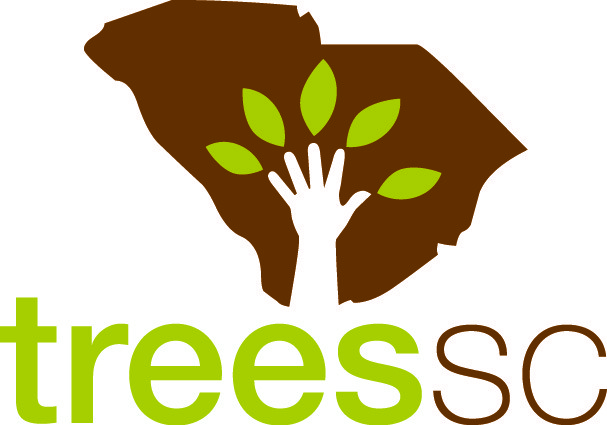
As I began to think of Arbor Day this year, I remembered (with just a slight twinge), the seemingly countless times I listened to mayors, teachers and garden club ladies recite Joyce Kilmer’s famous poem, “Trees”. Simplistic in style and direct in purpose, it is a testament to the author’s reverence for trees and their respected place in all of nature. As appropriate and earnest as Kilmer’s words are, they are over-used.
Although, not exactly what Joyce Kilmer meant, the poem’s first (and perhaps most important), lines led me to a thoughtful question. Can trees be thought of as poems?
“I think that I shall never see, a poem lovely as a tree”.
Sometimes, a tree or group of trees really can seem poetic. Like a poem, trees trigger emotions and imaginations. They serve as metaphors that move us to other places in our minds and souls. I’ll discuss below, two groups of trees that have, for years, appeared in my imagination as poems. The first is panoramic and patriotic much like one created by Archibald Rutledge, former poet laureate of SC and author of the lyrics to our State Song. The second grouping creates a “mind-poem” that is more emotive and personal not unlike a Robert Frost musing like “Stopping by Woods on a Snowy Evening” or “Birches”.
Many of us here in the Palmetto State have travelled the length of I-26 from East to West or West to East depending on which part of SC is home or where life has taken us. Some have been privileged to make the journey in fall and mark the different regions based upon changing leaf colors or the lack thereof.
Our coast is predominantly, evergreen. Pines and Live Oaks share the roadside with semi-deciduous Laurel and Water Oaks. Yellows of Sweet Gums often creep in among the greens and occasionally the yellow- golden hue of Pecan peeks through giving promise of what’s down the road. Bridge crossings give views into wetlands of brown Cypress needles and the mottled red leaves of Tupelo.
Transition to the Midlands can be subtle as species are much the same but color intensity and vividness increases with each mile you draw closer to the fall line. Catching a glimpse of a Dogwood now and then, a traveler begins to believe, again, in Carolina autumn.
The pallet broadens as we enter the Piedmont. Sourwoods are purple or red and Sweet gums stun in most any color imaginable from yellow to deep purple to orange-red, sometimes on the same tree! Oaks surprise with a velvety richness of browns, yellow browns, russets and burgundies,
Climbing into the mountains, colors soar even higher. We are witness to bright yellow, pointed cones of Yellow Poplar. Red Maples brag with their brilliant orange-red countenances. Not to be outdone, berry clusters of Mountain Ash shout hello and demand your eyes.
I love this autumnal trek and appreciate the visual diversity and testament of originality South Carolina’s trees declare.
Sometimes, I let my mind wander and allow my imagination the freedom to create a poem about the trees around my home. I hear the recitation of nature’s laws. The primary poets are four large Southern Red Oaks that reside in the vey back near a property line. Wide canopied and fifty feet tall, each tree has bark that is rough and calloused like a farmer’s hands and in-keeping with that thought, the oaks serve as an almanac as they confide changes in the seasons. In early November, they signal fall with an incremental leaf shedding that continues until after New Year. When all are bare, their naked arms reach toward one another and signal that Lowcountry winter has begun. In mid-April (always later than I expect) first buds are visible from ground level and I become confident in and about spring. Soon, a population explosion occurs in the canopies and leaves settle summer shade on the yard. The narrative is ongoing and “siren-like”. The trees call me out back every season and sing a song that I can’t help but listen to.
So, can a tree be a poem? I guess it depends on who you ask and how you think about it.

Recent Comments